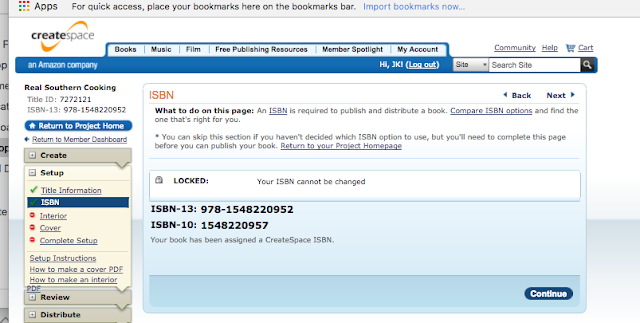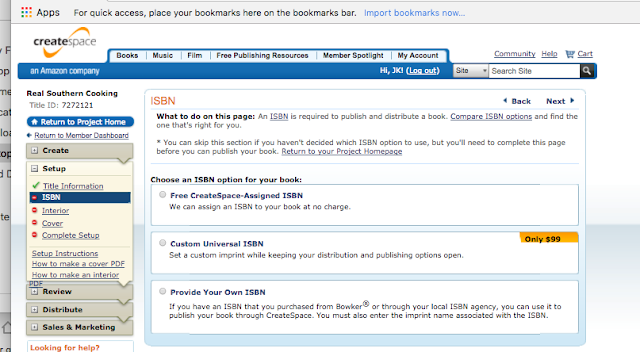A BOOK A DAY
THIS BLOG POST is found at http://tinyurl.com/suntaireading Key section: BOOKS
Books you should see as hidden treasure. Think about it, if I told you – because as I said, mentors are great in person, but some of the great mentors are no longer alive – Shakespeare, Darwin, Freud, Mahatma Gandhi. But if I told you all those people were in my house and they’re going to be there this Saturday answering questions, – magically I can make that happen – would you show up at my house? Of course everybody would buy a plane ticket and end up in California. They are there in my house. They’re on my library. They can be in your library, too.
First thing: stop seeing a book like a one-time event. See a book like a friend. You read it over and over. You come back. And just like friends, you pick a handful of them. I recommend you find 150 books. There’s 130 million. You can’t read that many. But 150 you can read over and over for the rest of your life. There’s no rule, either, at how fast you have to read them, at what pace. I set my own pace. People say, “How do you read a book a day?” Sometimes I take a week. But sometimes, books only have one or two things that are worth reading. In fact, most books only have that.
So I’ll flip through the pages. One time I like to go through it three times. First time, I read the table of contents at the back. The second time, I go a little faster. The third time, I just focus on one chapter. See yourself like a gold miner just looking for that one nugget. Then put it back on the shelf.
You should read at least one book a week, because remember, everybody wants the good life, but not everybody’s willing to read to get it. You must read more.
http://tinyurl.com/suntaitranscriptFor these tips, Tai Lopez should be given an award for "Reading Teacher of the Year."
OBJECTIONS that some students give me:
1. I don't have time to read
REPLY: Watch less TV
2. I don't have the money to buy books
REPLY: Download books. www.TINYURL.com/50taasa is a good start.
3. I don't have time to go to the library. REPLY: (see number 2)
LUXURY
Why it's better to be tough inside.
Luxury comes at the cost of killing your hopes, your dreams, your ambitions. So toughen up a little bit. Be a stoic. When was the last time you went a week without eating sugar? Or walked instead of taken a car to get groceries? Or did 100 push-ups? Or turned the air conditioning off? Toughen yourself up. Take a cold shower.
You see everybody wants, but not everybody is willing to toughen up to get the good life.
You must toughen up. Remember, it’s going to be a little bit hard. It’s like Tom Hanks says in that one movie, “It’s supposed to be hard. The hard is what makes it great.”
So in closing, I’ll share with you my favorite poem, Chief Tecumseh. He says, “Love your life. Perfect your life. Beautify all things in your life. Seek to make your life long, and its purpose in the service of your people.” Mentors will help you do that. They are the shortcut that you want.
GET THE TRANSCRIPT
MENTORS
So I want to share with you some things that I’ve found, some specifics that you can do with mentors. The first rule is, I call it the Mentor Rules. It’s the Law of 33%. You should divide up your life and spend 33% of your time around people lower than you. You can mentor them, you can help them. And they’ll help you back by making you feel good about yourself. Right? It’s good to know somebody’s doing worse than you. That’s that 30%.
Then you have 33% of people that are on your level. These become your friends, your peers.
But that last 33% is what most people forget about. Those are people 10, 20 years ahead of you. They’ll make you feel a little bit uncomfortable, but that’s what you want, and remember you don’t want to make the mistake most people make with mentors, finding somebody just a little bit better than them. You don’t want to be the blind leading the blind. So I call it the 10X Rule; find somebody 10 times further ahead than you.
One of my students in 2014 asked me, "How do you make money?" He said that I looked rich, "so you must know something about making money."
I gave the usual nonsence about gathering funds to put in the stock market and mutual funds. The kid didn't stick around to hear more. If I could, I would go bback in time and say, "Wait until Tai Lopez puts his info on the Internet. He might give you some tips that you can use."
HIGHLIGHTS OF THE LESSON PLAN
The phrase "Passive Income" is important for students to learn
The objective is for students to understand the concept of "wholesaling" a house.
Here is what Tai Lopez wrote in an email pitch.
If you want to create automatic income (for the rest of your life), then let me introduce you to the best way to get started as a real estate investor: flipping.
Real estate should be in every entrepreneur’s “tool belt” because people will always need a place to live, which means you’ll always have a market.
Did you know that real estate investing & flipping has created more millionaires than any other profession in the US?
It’s true.
The reason why is simple.
This is literally how it works:
1. Invest in property
2. Rent or resell (i.e., flip) your property for more than you paid
3. Get paid for life over time - automatically
You might be thinking, “If it’s so simple, Tai, why aren’t more people doing it?”
I can think of a few reasons.
First: They feel like they need a lot of money to get started
Second: They don’t have anyone to learn from
Well actually, a short while ago, I temporarily launched a real estate investing “test group” with my business partner, Cole Hatter.
I closed it down because I wanted to keep it limited.
But, I just re-opened it and we’re teaching you everything we know about flipping real estate: how to find a good deal, how to get creative with your financing, and the in's and out's of wholesaling, so you can make money without even having to buy property. I’ll tell you how you can learn in just a second.
First, let me tell you about Cole.
Cole went from being involved in a serious injury (he was paralyzed in a wheelchair) to making serious money in real estate. He didn’t have experience and he was already in debt.
How’d he make money?
He got mentors. He started by learning from people who were already successful in real estate.
This was over 10 years ago, by the way.
Today, Cole is a very successful investor & flipper who helps people generate wealth through real estate.
With the test group we created, we’re now showing you how you too can learn real estate flipping to create automated income - for life.
Want to get in the group?
Click here to get access now.
If you click the image below, you’ll discover:
-How you can get started without any money or experience
-Why right now is the best time to start investing in real estate
-How the Real Estate Flipping program works
-How to make money in real estate without even buying a property through wholesaling
Here is the video
www.TINYURL.com/TaiLopezRealEstate
www.TINYURL.com/sunTaiMoney
THIS BLOG POST is found at http://tinyurl.com/suntaireading
































